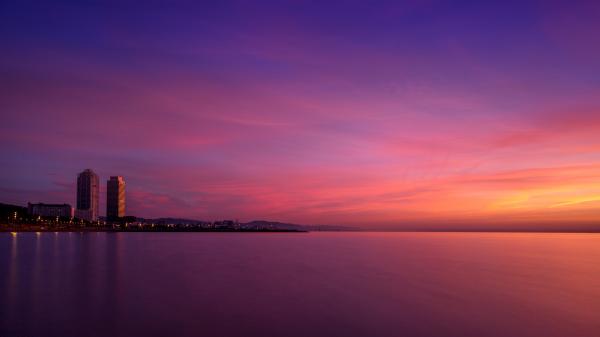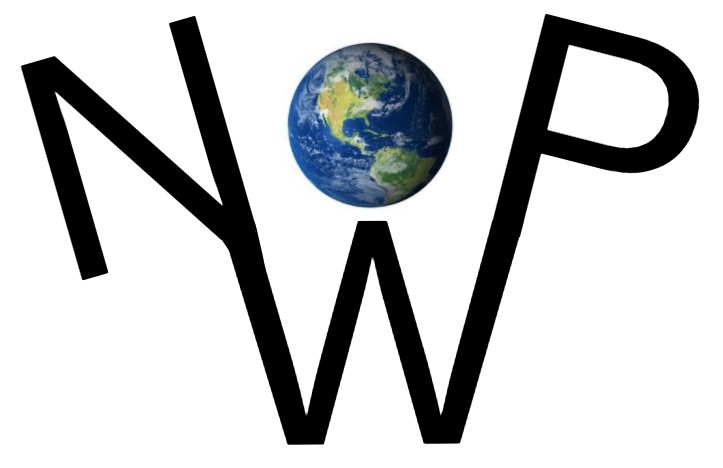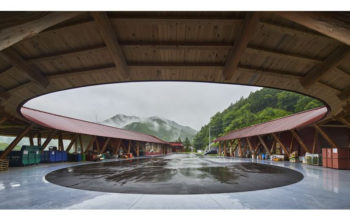Sunset- The phenomenon behind a colorful sky. How many sunset sky photos are there on your phone? Hundreds?
The following written content by Jaime Carter
How many sunset sky photos are there on your phone? Hundreds? It might happen every day, but the sight of the sun sinking below an ocean horizon followed by a sky full of reds, oranges, and pinks makes for perfect vacation photos. Where do those colors come from?
Here’s everything you need to know about why the sky turns red, orange, and pink at sunset.
Why does a setting sun look orange?
A setting sun is a beautiful orange color that’s unrivaled in nature, but how can a bright yellow ball of fire that’s impossible to look at safely during the day suddenly become a soft, orangey orb as it sinks from view?
When the sun sets, its light isn’t just grazing the Earth, as seen from where you are, but it’s also coming through a lot of Earth’s atmosphere. That means a lot of molecules and small particles in the air, which change the direction of light rays. Light is made up of lots of different wavelengths, which is why we see color. Bluer light more easily bounces off molecules in the air, while redder light doesn’t. That’s because bluer light has shorter wavelengths while redder light has longer wavelengths. The blue light gets more easily scattered, which is why the sky is blue.
Why does the sky turn red, orange, and pink at sunset?
The phenomenon of scattering is also why the sky turns red, orange, and pink at sunset. Crucially, you need some cloud to see this. The science is the same, with short-wavelength blue and violet light scattered by molecules in the atmosphere while longer-wavelength red, orange, and pink light passing through and hitting the clouds. If the clouds aren’t there, there’s nothing for the colored light to reflect off.
Why isn’t the sky violet?

If short-wavelength blue light gets scattered then the sky should be violet, not blue. That’s because violet light has the shortest wavelength of all. It is! The sky is violet. It’s just that human vision doesn’t perceive violet too well, the sky appears blue. Read more from Travel and Leisure.





